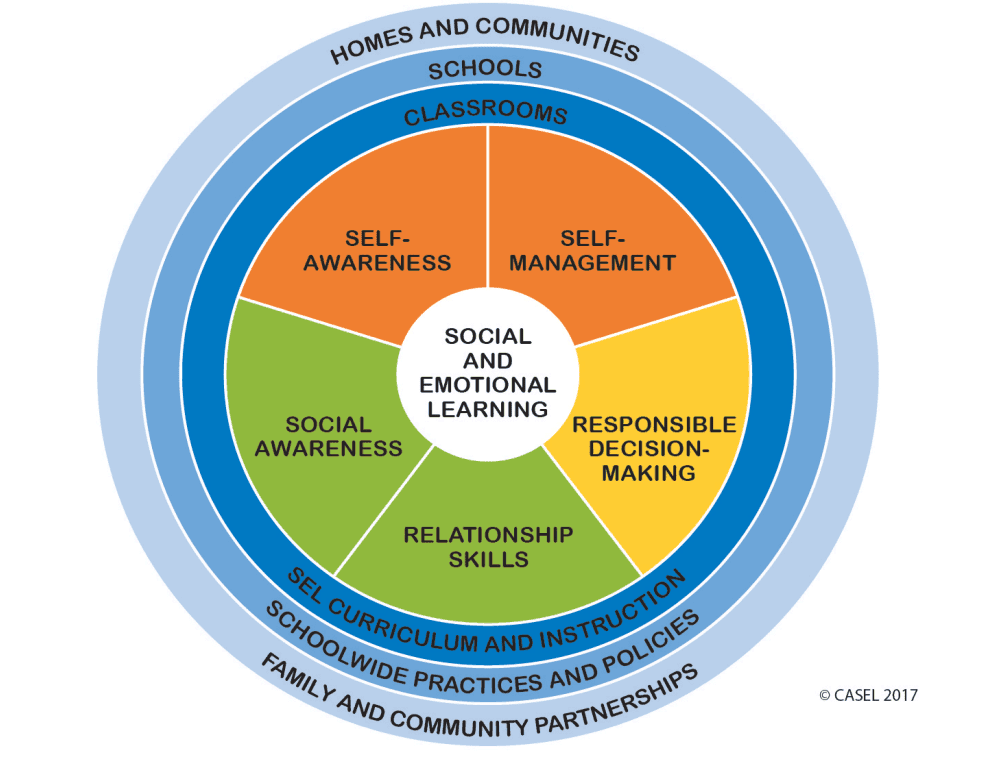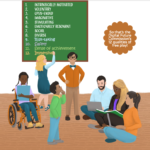
Screen time…
Hardly a day passes without coming across at least one if not several references in media to screen time and kids. It’s one of those words that we’ve frozen into a meme and amplified. Maybe it was useful for a moment or two, but I don’t think it’s serving us any more. Here’s the problem with the screen time meme as I see it—it’s a very narrow frame that focuses our attention on limits and either/or thinking. For example, the clock is either ticking down on whatever a child is absorbed in on a digital device, or s/he is doing something meaningful.
Defaulting to a screen time frame doesn’t help us clarify where we want to get to, or how to get there. And it implies that wherever that vaguely articulated, wished-for destination might be, screen time is an obstacle, not a potential vehicle.
I’d like to suggest that we trade the screen time metaphor for a frame that can actually point us toward solutions. What if, instead of focusing narrowly on screen time, we pulled our view out wide for a Big Picture? I’d like to suggest a Big Picture perspective I came across this week as an alternative to thinking in “screen time.”
Digital play for global citizens
Jordan Shapiro offers a Big Picture approach in the new report, Digital play for global citizens: a guide from the Joan Ganz Cooney Center at Sesame Workshop. The guide is divided into 3 sections—understanding self and other, recognizing systemic causes, and world, planet, climate. Each section offers several excellent digital resources for exploration through play for children ages 8 and older, with special sidebars offering resources specifically for younger children. Shapiro’s focus is on helping young people develop habits-of-mind (and heart) for our interconnected world through the vehicle of digital play.
This paragraph from the third section “world, planet, climate” struck me.
Unfortunately, people tend to think of digital play and nature as opposites. They imagine that kids are either inside staring at screens or outside playing with worms and dirt. But this polarity does more harm than good. It doesn’t urge the gamers out onto hiking paths. Instead, it encourages the kind of environmental disregard that threatens our planet. We need to nurture macro-minded young people who know that human innovation is always partially environmental. Everything we have comes from the earth.
Through technology, we interact with the planet. Our tools exist in relationship to the natural contexts in which they were developed. They can have both positive and negative effects on the world in which they operate. Parents, teachers, and caregivers need to abandon the tech/nature dichotomy. Frame things differently. Show kids how digital technologies can be leveraged to measure, observe, and interpret the planet.
Try this experiment. Commit to abstaining from using the words “screen time” for a month. Read through the guide. (It’s 37 pages—I read it over 3 days.) Practice replacing “screen time” in your mind with a Bigger Picture perspective. Consider sharing one or two of the many games and tools with your kids for an evening of Mindful Digital Life in joint media engagement once a week for the month. Involve your kids in choosing which games and/or tools to try. There are enough resources in the three sections to support your family through several months of weekly technology conversations. Jordan Shapiro has done an extraordinary job of curation for us. He has written a powerful support for nurturing Big Picture thinking or what Shapiro calls macro-mindedness, not just in our children and teens, but in ourselves.
Here’s an invitation. Let me know what you find most helpful in the Digital Play guide. I’m especially interested in hearing if you found a particular website, game, or platform fun, useful, awesome, illuminating, disappointing, frustrating, etc. Write me (to respond, use the Contact form in the About section of my website) to share your experience and your kids’ experiences. I’ll schedule a video call with you to talk about it together.
What I’m watching: Last week was the 33rd Mind & Life Conference—Reimagining Human Flourishing—livestreamed from Dharamsala. I have been following this conversation between scientists and His Holiness the Dalai Lama for over thirty years. It is an extraordinary conversation (videos of most of the previous events are online). I watched the day 1 and 2 livestreams on the topics of Early Childhood Development, and Social and Emotional Learning with Richie Davidson, director of The Center for Healthy Minds, and Daniel Goleman, author and science journalist.
Day 1 video. Richie Davidson’s presentation begins at 22:08 minutes. Key themes are neuroplasticity, epigenetics, sensitive periods, innate basic goodness. Dan Goleman’s presentation begins at 1:39:37. Dan gives an overview of the history of social emotional learning and how SEL programs build on the hard science. He discusses how all successful prevention programs (e.g., violence and suicide) share the same active ingredients—they all focus on building children’s capacity for flourishing and well-being: self-awareness, self-management, empathy, and social skill.



